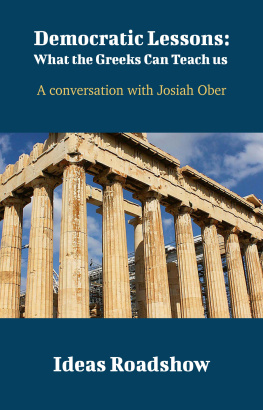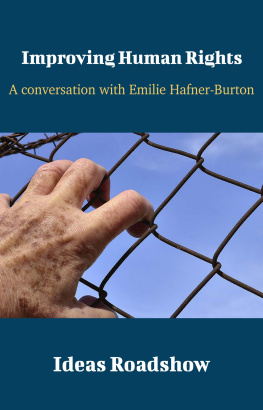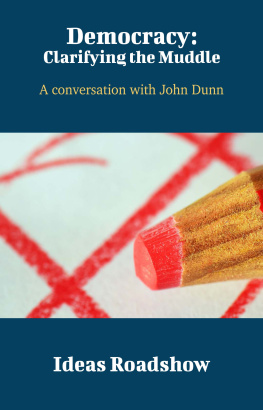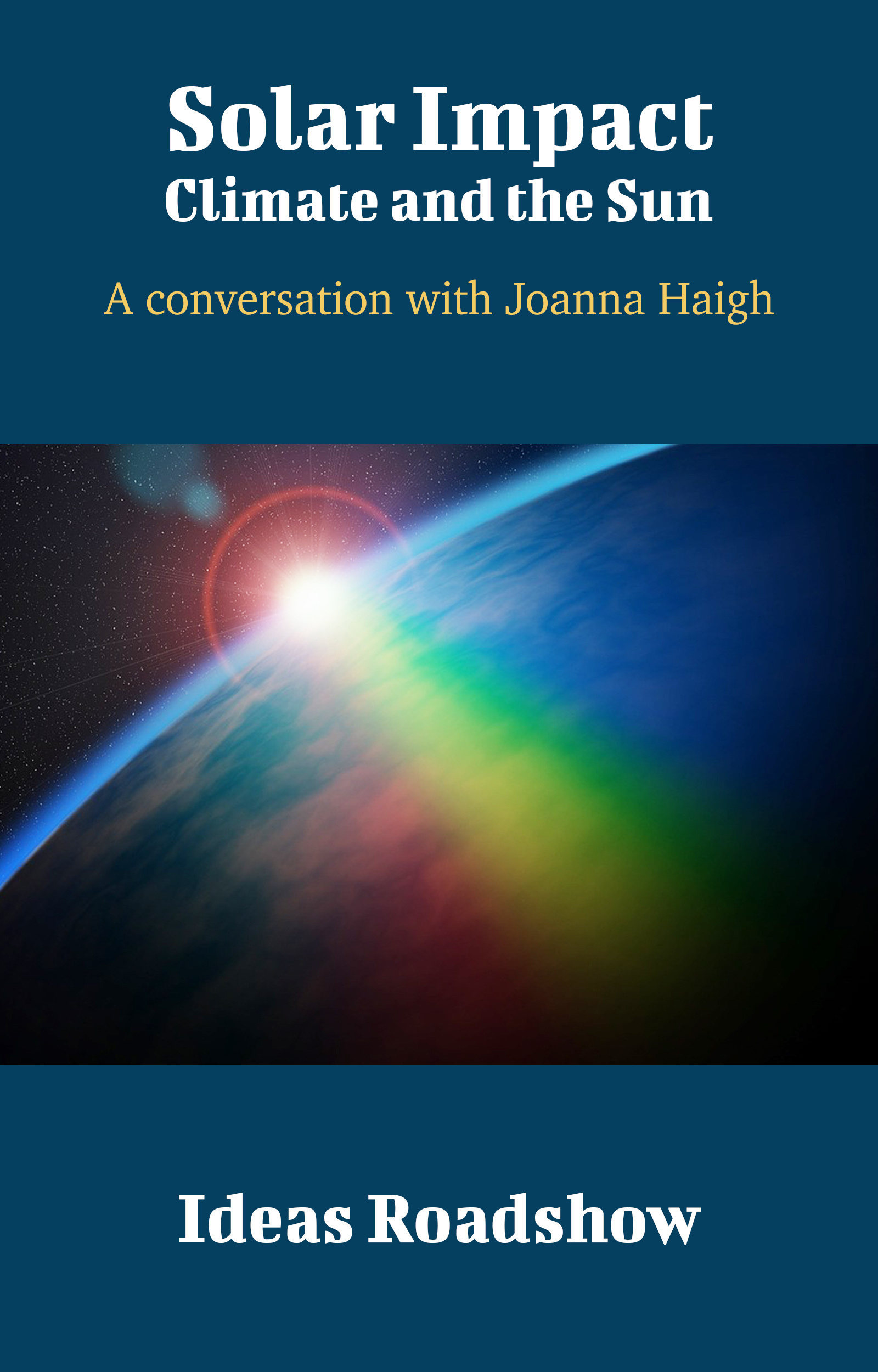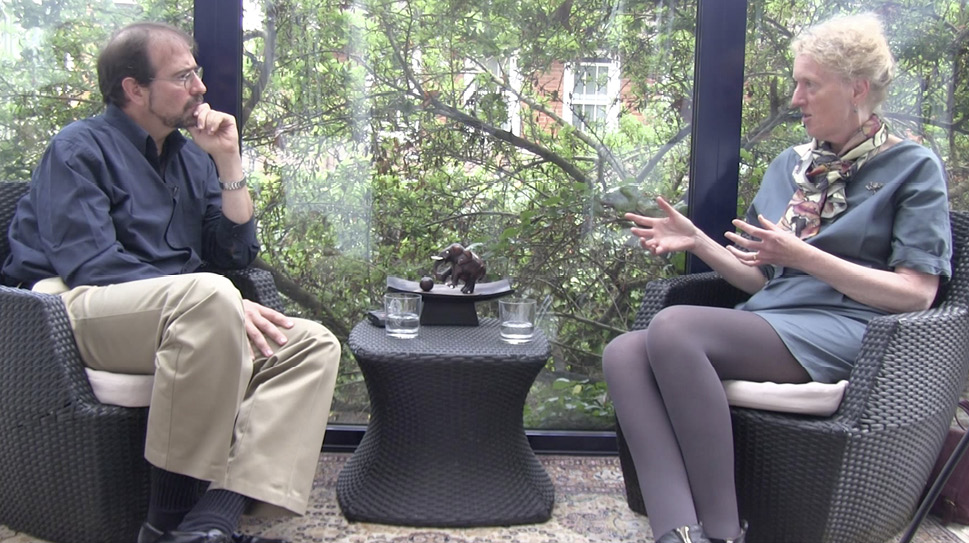Howard Burton - Solar Impact: Climate and the Sun: A Conversation with Joanna Haigh
Here you can read online Howard Burton - Solar Impact: Climate and the Sun: A Conversation with Joanna Haigh full text of the book (entire story) in english for free. Download pdf and epub, get meaning, cover and reviews about this ebook. year: 2020, publisher: Open Agenda Publishing, genre: Romance novel. Description of the work, (preface) as well as reviews are available. Best literature library LitArk.com created for fans of good reading and offers a wide selection of genres:
Romance novel
Science fiction
Adventure
Detective
Science
History
Home and family
Prose
Art
Politics
Computer
Non-fiction
Religion
Business
Children
Humor
Choose a favorite category and find really read worthwhile books. Enjoy immersion in the world of imagination, feel the emotions of the characters or learn something new for yourself, make an fascinating discovery.

- Book:Solar Impact: Climate and the Sun: A Conversation with Joanna Haigh
- Author:
- Publisher:Open Agenda Publishing
- Genre:
- Year:2020
- Rating:4 / 5
- Favourites:Add to favourites
- Your mark:
Solar Impact: Climate and the Sun: A Conversation with Joanna Haigh: summary, description and annotation
We offer to read an annotation, description, summary or preface (depends on what the author of the book "Solar Impact: Climate and the Sun: A Conversation with Joanna Haigh" wrote himself). If you haven't found the necessary information about the book — write in the comments, we will try to find it.
This book is based on an in-depth conversation between Howard Burton and Joanna Haigh, Emerita Professor of Atmospheric Physics at Imperial College London and Co-Director of the Grantham Institute. After inspiring details about how she got into her field of study and how we can encourage more girls to get more interested in science, the conversation examines her research of the influence of the sun and solar variability on our climate, how energy emitted by the Sun in the form of heat, light and ultraviolet radiation warms the earth and drives our climate, how data from satellites and modelling the processes helps us distinguish the warming effects of greenhouse gases from those of natural variations in solar energy, and more.
This carefully-edited book includes an introduction, Confronting Complexity, and questions for discussion at the end of each chapter:
About Ideas Roadshow Conversations Series (100 books):
Presented in an accessible, conversational format, Ideas Roadshow books not only explore frontline academic research featuring world-leading researchers, including 3 Nobel Laureates, but also reveal the inspirations and personal journeys behind the research. Howard Burton holds a PhD in physics and an MA in philosophy, and was the Founding Director of Canadas Perimeter Institute for Theoretical Physics.
Howard Burton: author's other books
Who wrote Solar Impact: Climate and the Sun: A Conversation with Joanna Haigh? Find out the surname, the name of the author of the book and a list of all author's works by series.

